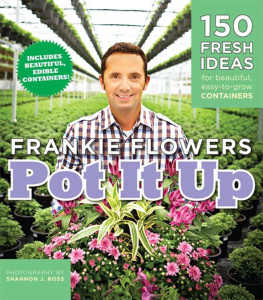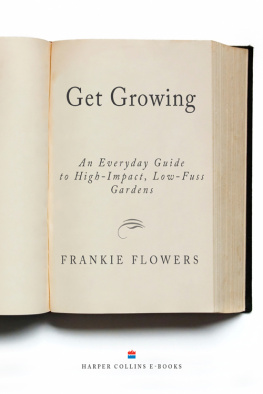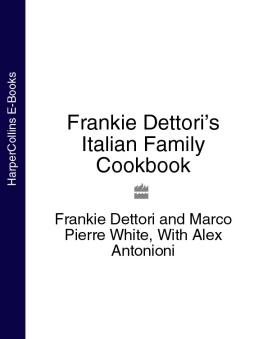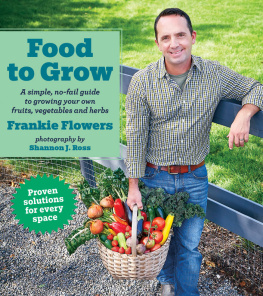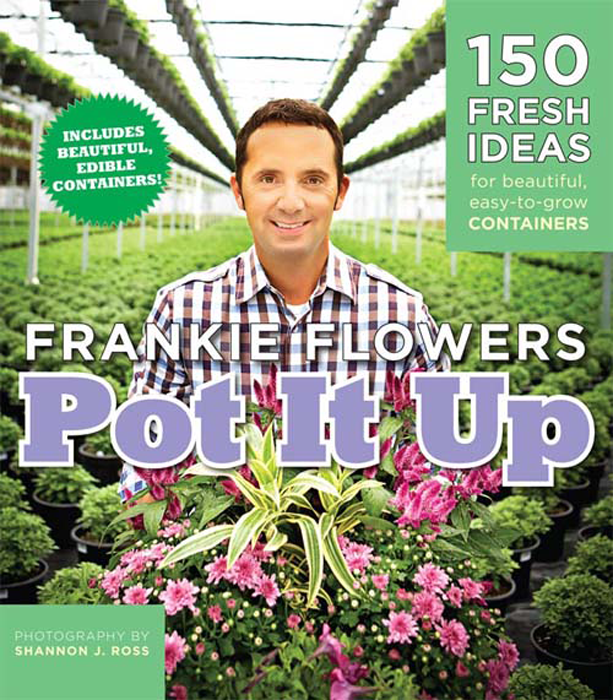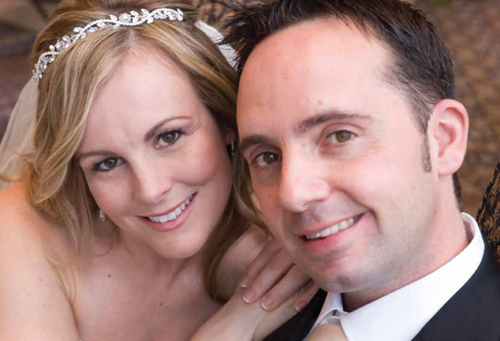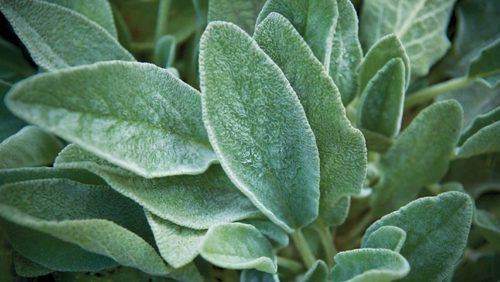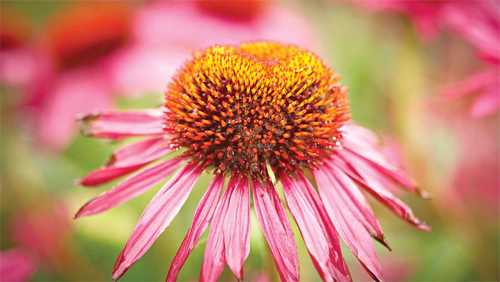I love container gardening, and Im not the only one: its popularity has grown immensely over the last decade. In many parts of the country, property sizes have decreased and more homeowners are finding themselves in condos with no garden space at all. Many others are just looking for a simple way to add immediate impact to a porch, patio, or front entrance. The whole world is going to pot! My goal in Pot It Up is to show you how to create containers that will be the talk of the town.
I like to think of containers as though they were paintings. So Ill first show you how to select the right pot, which is the frame around your picture: it helps complement the artwork inside it. Ill explain how to use the right soil, which is like the canvas. Then comes the fun part: choosing the plants that add the colour and texture to your work of art. Ill show you a gallery of 150 plant combinations for different seasons and different tastes.
Ive tried to give you a lot of guidance in these pages, but you dont need to follow my examples to the letterjust use them as a guide to create your own mixes. Like all great artists, you shouldnt be afraid to experiment. Some plants will eventually die (it happens to all of us), but some of the best mixes come out of trial and error. Although this book is full of gorgeous plant combinations, the truth is that some of my experiments didnt make it into these pages. Some just didnt perform; others grew well but resembled the bad shirts at the back of my closet.
Why Containers?
Containers turn dull spaces into interesting places. Just take an empty pot, add a few plants, and presto! Here are a few reasons why you should consider container gardening:
They grow where traditional gardens dont
The main advantage of containers is that they can grow just about anywhere. Theyre an ideal way to add beauty and colour to a condo terrace, a walkway, or the entrance to a townhouse. You can even use containers in a traditional gardenthey can become colourful focal points and are often great replacements for specimen trees or shrubs in areas where these larger plants just dont have enough space to grow. Have a spot in the garden with a tree stump or poor soil? No problem: fill it with a container.
They offer quick fixes
A well-planned garden has something to offer in every season, from early spring blooms to vibrant fall colours. But these changes come slowly and gradually. With a container, you get results right away. In fact, I change my containers every season to instantly create a little conversation, or to add some drama to my garden, patio, or entrance. Containers can be moved, changed, and replanted easily to update the look of your home.
They go exactly where you need them
My wife is a realtor, and Ive helped her improve some less-than-desirable properties with container gardens. Ill use them in front of an air conditioner or hydro meter to draw attention to the plants instead of the eyesore.
At home, I have several pots of herbs right outside my kitchen, close to the barbecue, so I have easy access and can make quick adjustments to the flavour of whatever Im preparing.
Theyre easy on the body
Gardening can be hard on the back and knees. People with mobility issues often love container gardening because they dont have to bend over as far to reach the plants and less weeding is required.
They rein in invasive plants
Sometimes what containers do best is contain. Mint, for example, is a useful and easy-to-grow herb, but if you plant it in the garden, it will take over. When placed inside a pot, its roots are contained, so it cant spread.

A well-designed container can add colour and texture A well-designed container can add colour and texture to your entranceway, deck, poolside, or backyard patio. Containers are also an excellent introduction for novices who want to experiment with planting before investing in a full-size garden.
They allow you to grow tropicals
You love hibiscus, bougainvillea, passion flowers, palms, oleander, and cactusbut you live in Canada. No problem: containers allow you to accessorize your poolside and patio with a whole range of tropical plants with a Caribbean feel. And, with the threat of Jack Frost in the fall, you can easily bring the containers indoors.
The Challenges
For new property owners and novice gardeners, containers are an excellent introduction to plants, design, and garden maintenance in a small, manageable format. But they do bring their own challenges.
They need a lot of water
Plants in containers dry out quickly because of the lack of soil mass and because the root balls are more exposed to sun and wind than if planted in the ground. A property with many pots of plants can be more maintenance than a garden filled with water-wise or native plants.
They need to be fertilized regularly
Container soil lacks the natural nutrients found in regular garden soil (more about this later). Frequent watering also tends to wash away the small amount of nutrients that are present. That means youll need to fertilize your containers regularly to supply the nutrients your plants need to grow and bloom.
Even perennials may not survive
Depending on where you live, most perennials will die if you leave them outdoors in a container over the winter. A pot just doesnt provide enough insulation, and the roots will freeze. If you want your perennials to survive until the next spring, youll need to remove them from the pot and plant them in the garden before the frost arrives.
You have to store them in winter
Pots made of clay, concrete, or plastic may break if the soil and moisture in them freezes and expands. Theyll need to be emptied and stored for the winter, so even when theyre not in use theyll take up space.

